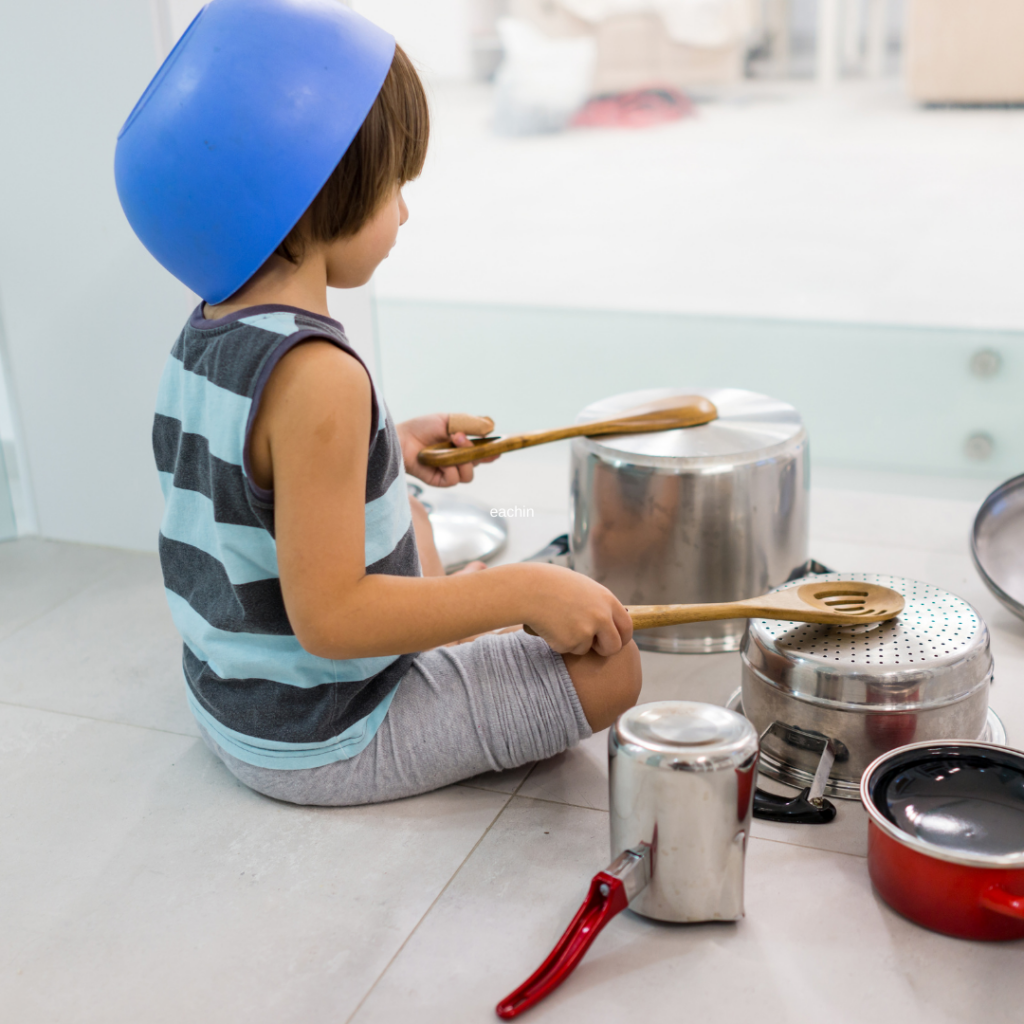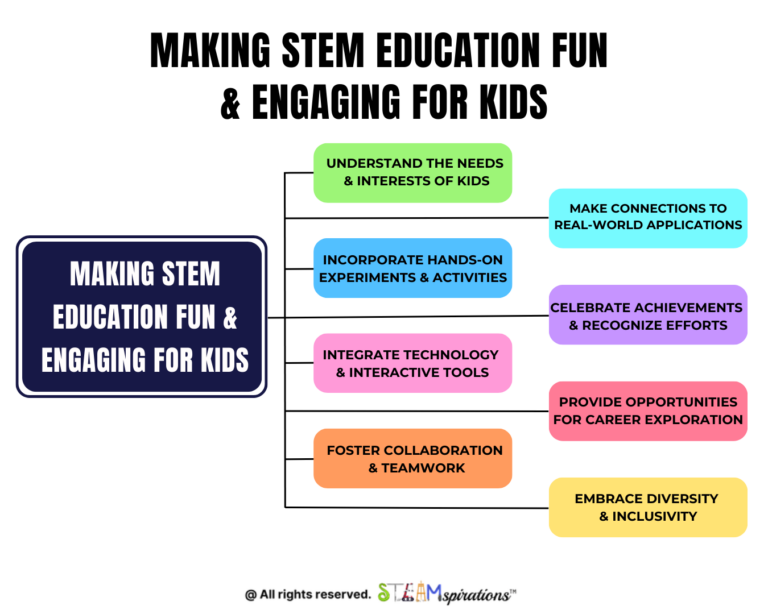I was in utter amazement. I had never walked into such an interesting classroom. What I saw that day began to shape and change how I viewed teaching. It was my first year as an educator, and what I witnessed had an impact on me.
As soon as I walked into the room, I could feel the energy within the four walls. The teacher was leading the students into a math song. The students seemed happy, they were smiling, they were laughing, they were dancing and were having such a great time! However, more importantly, they were engaged, and they were learning.
Music infused into instruction is such a powerful tool! In this article I want to talk about 5 ways that you can season your instruction with music.
1. Set the Mood
Music can really help control the environment in a room. It is very powerful, it has the ability to affect emotions and feelings. If can influence our mood, how we think, and how we process information. As a teacher you can use music to create the type of environment you would like. You want to pick up the pace and create an energetic environment? Put on some upbeat music. You want to calm the students after they come back from P.E.? Play music that is more mellow, or calming. As a teacher you can set the mood in your classroom.
2. Reinforce Concepts
Music can also be integrated to reinforce concepts. I still remember the name of all 50 states because one of my teachers taught me a song. A song I learned over 20 years ago. Songs and chants are great mnemonic devices. The more students practice them when learning new concepts, the easier it will be for them to retain that information. Plus, singing is fun and engages kids like few other activities do.
3. Transitions
Music is also great for transitions. This can be transitions during centers, subjects, or activities. As a teacher, I used to play the same song at the beginning of each period when my students came into my classroom. Since I already had an established routine, the song seemed to have conditioned the students behavior to get started on their daily activity autonomously.
4. Learning Style
Not all students learn the same. They all have different learning styles. For some of your students, music might be the way that they process information. This could be both in learning new concepts and in demonstrating mastery. Students can use music to represent their learning. They can create a rap song, or music video. Let them use their creativity. They will have fun!
5. Brain Breaks
When students are getting tired, play a song as a type of brain break. Have them stand up, dance and be silly. A brain break that makes the students laugh and have fun will engage them in the learning process. When you see that a majority of your students are getting tired, stop your lesson and do a quick brain break. This will buy you more time to continue teaching.
When integrating music, be silly, be creative, and most importantly stay inspired!

